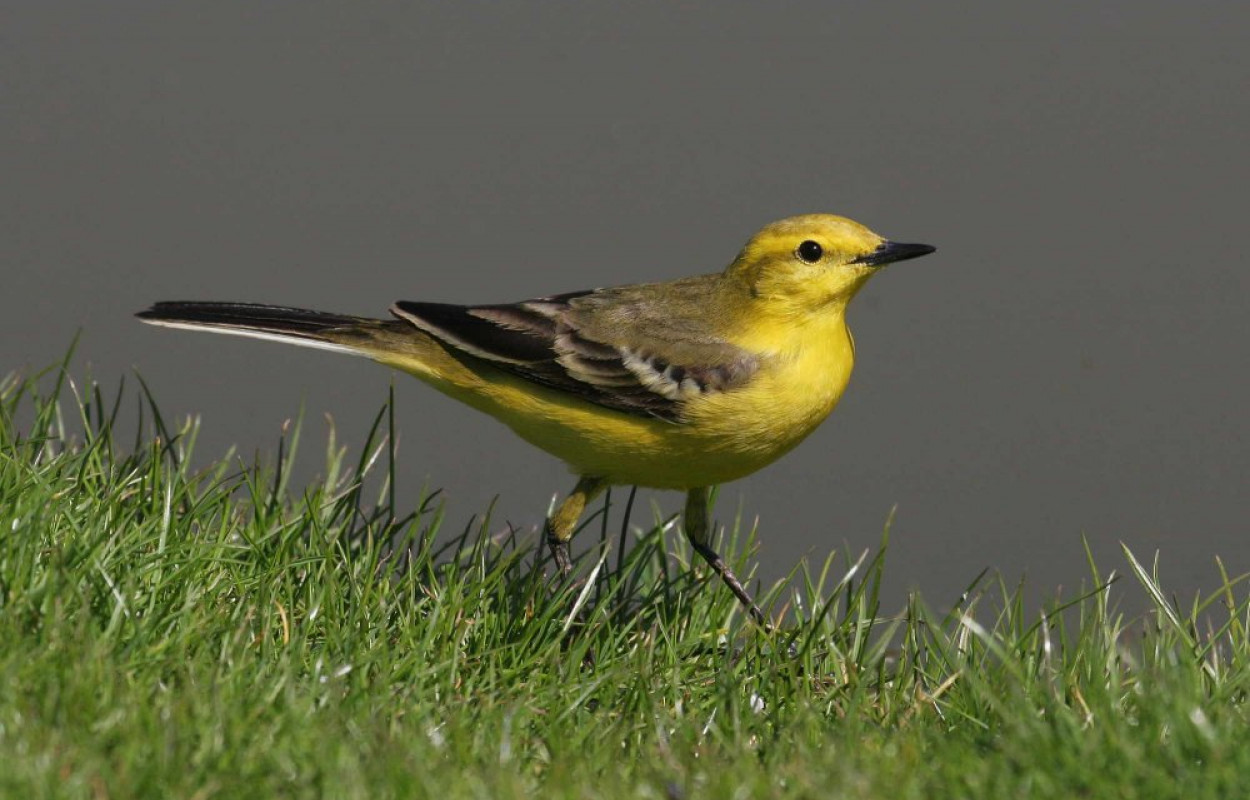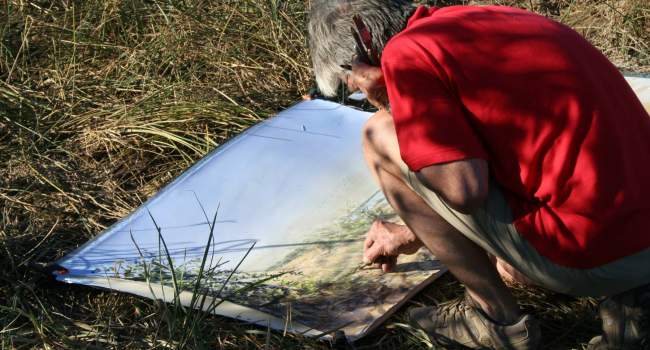Quantifying the risk of introduction of West Nile Virus into Great Britain by migrating passerine birds

Author(s): Bessell, P.R., Robinson, R.A., Golding, N., Searle, K.R., Handel, I.G., Boden, L.A., Purse, B.V. & de C. Bronsvoort, B.M.
Published: January 2015
Journal: Transboundary and Emerging Diseases
Digital Identifier No. (DOI): 10.1111/tbed.12310
Although not yet found in Britain, West Nile Virus (WNV), which can cause serious illness and even death in humans, has been reported as close as southern France. WNV can be carried by wild birds and Britain falls on major migration routes of birds travelling from countries where WNV is found. This study investigates the possibility that WNV could be introduced to Britain by migratory birds.
West Nile Virus (WNV) is a mosquito borne virus that can cause serious illness and even death in humans. It is common across Africa and Eastern Europe, with sporadic outbreaks reported as close to Britain as Spain and the Camargue region of southern France, but to date the disease has not occurred in Britain itself. WNV can be carried by wild birds and Britain, France and Spain fall on major migration routes, suggesting the possibility that WNV could be introduced to Britain by migratory birds.
New collaborative research led by the Roslin Institute has used ring recovery data from the BTO (among other data sets) to assess the risk that migrating birds could carry the virus to our shores. The study's authors analysed a scenario in which WNV is circulating in wetland areas in France (including the Carmargue), and estimated the risk of northward migrating passerine birds stopping in a WNV hotspot, becoming infected and carrying the active infection to Britain. The results predicted that there was a small risk of an infected bird reaching us from the Camargue, which would increase if WNV was to circulate further north in France.
The chances of the disease establishing here in Britain and Ireland, and the subsequent risk to human health, were found to be dependent on additional factors such as the climatic conditions and the bird’s state of infectiousness on arrival. As humans can be infected by various diseases carried by birds and other wildlife, and the distribution of such diseases is shifting as the climate changes, the results of this study underline the importance of monitoring disease vectors and hosts.







Share this page